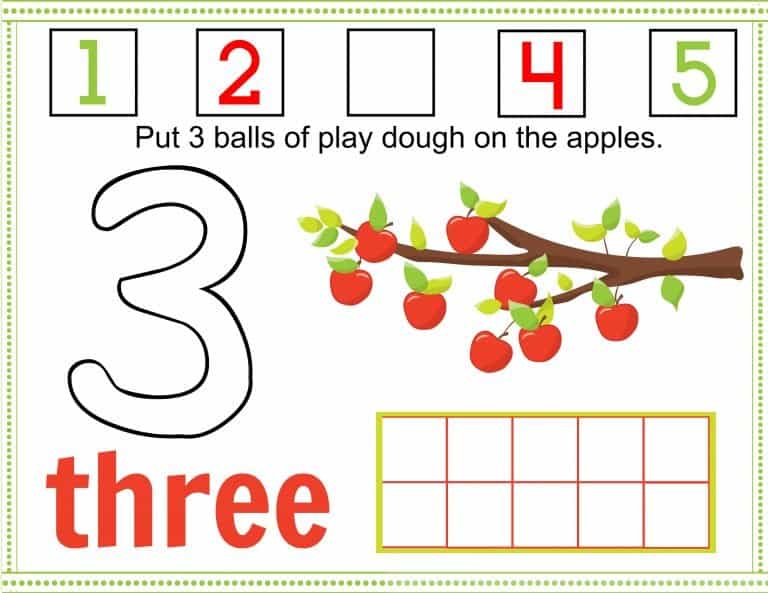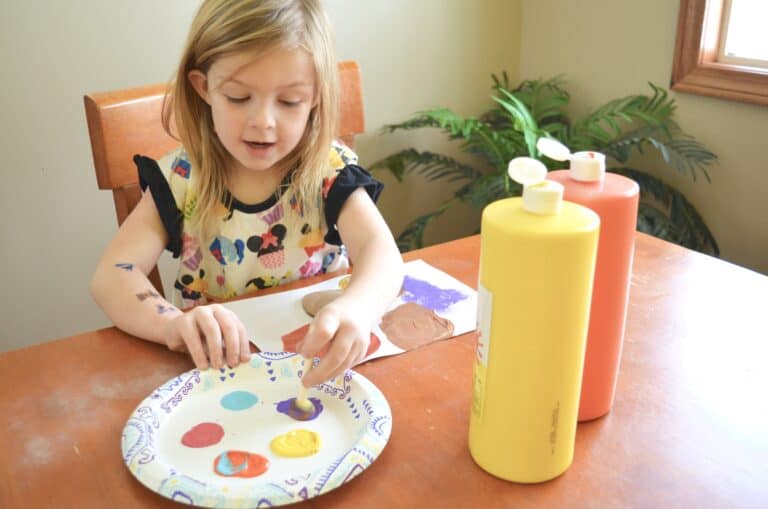Tackle a Tinfoil Painting
This post may contain affiliate links, view our disclosure policy for details.
Etching dates back to the 5th century, made famous by artists like Albrecht Durer. Also called intaglio, etching on metal is typically done by covering a metal plate with a waxy coating and then carving a picture into the plate. The plate is then dipped in a special acid called mordant, eating away at the metal that’s not protected by the wax and creating indentations that allow the metal plate to be inked and printed. Instead of bringing hazardous chemicals into your home, your child can explore this ancient art technique with the help of some tinfoil, black paint and the end of a paintbrush!
What You Need:
- Tinfoil
- Scissors
- Tape
- Cardboard
- Black tempera paint
- Dishwashing detergent
- Large paintbrush
- Toothpicks, paintbrushes, and craft sticks for making marks
- Piece of colorful construction paper
What You Do:
- Do some quick research to learn more about etching by heading to your local library, or do an Internet search of Albrecht Durer or intaglio printmaking.
- Invite your child to cut a 6″x6″ piece of tinfoil using a ruler and scissors. He can use some small pieces of rolled tape placed on the back corners to secure the tinfoil to a piece of cardboard.
- Have him get out the black tempera paint and a brush. Before he gets painting, squeeze a drop or two of dishwashing detergent on his tinfoil.
- Encourage your third-grader to use a big brush to evenly distribute the black paint mixed together with the dishwashing detergent all over the tinfoil.
- While he’s waiting for the paint to dry, have him brainstorm ideas for his artwork and create a sketch to use when etching. While he’s drawing out his ideas, discuss how he can use cross-hatching to create shading and depth within his etching! Cross-hatching is using lines drawn closely together in one direction and then layered with another set on top to create changes in tones. Have him practice using a pencil.
- It’s etching time! Offer your child several mark-making implementsof various sizes, such as toothpicks, the ends of paintbrushes, or tongue depressors.
- Have your child “scratch” his design into the dried paint, using the different-sized implements to create lines in various sizes.
Once your child has finished, he can carefully remove the tinfoil from the cardboard and mount it on a colorful piece of construction paper!
Article Found at: Tackle a Tinfoil Painting Activities Education.com




Happy Saturday! I am a new follower from the weekend hop and I look forward to following your blog!…Hope u can come by for a visit! http://adventuresatgreenacre.blogspot.com